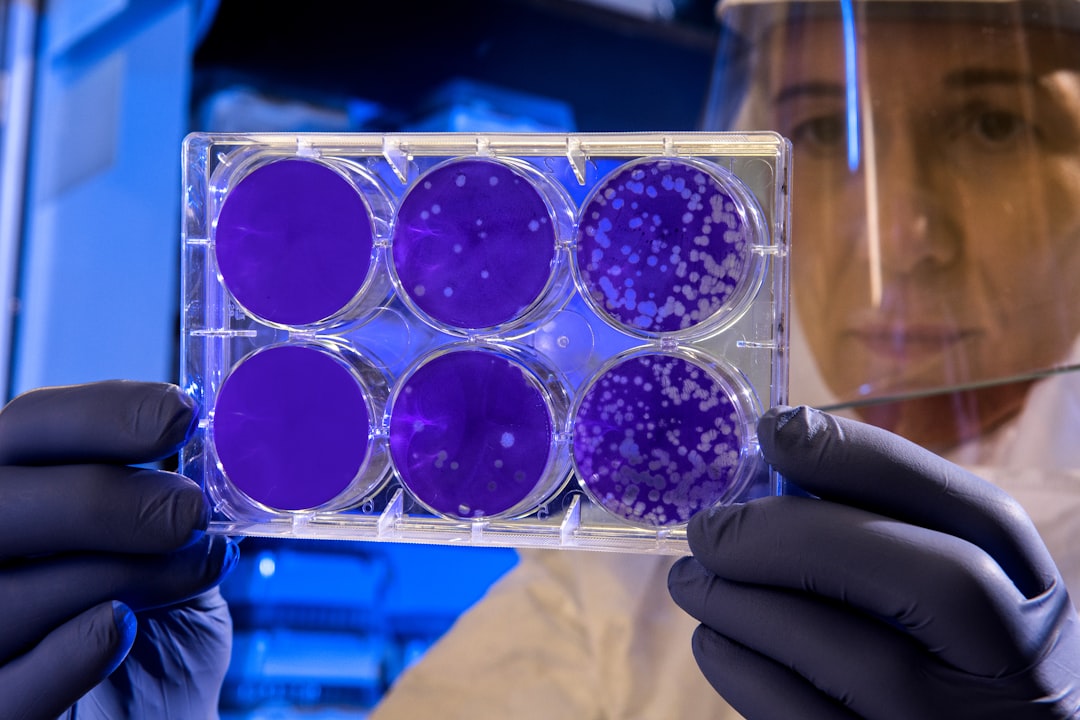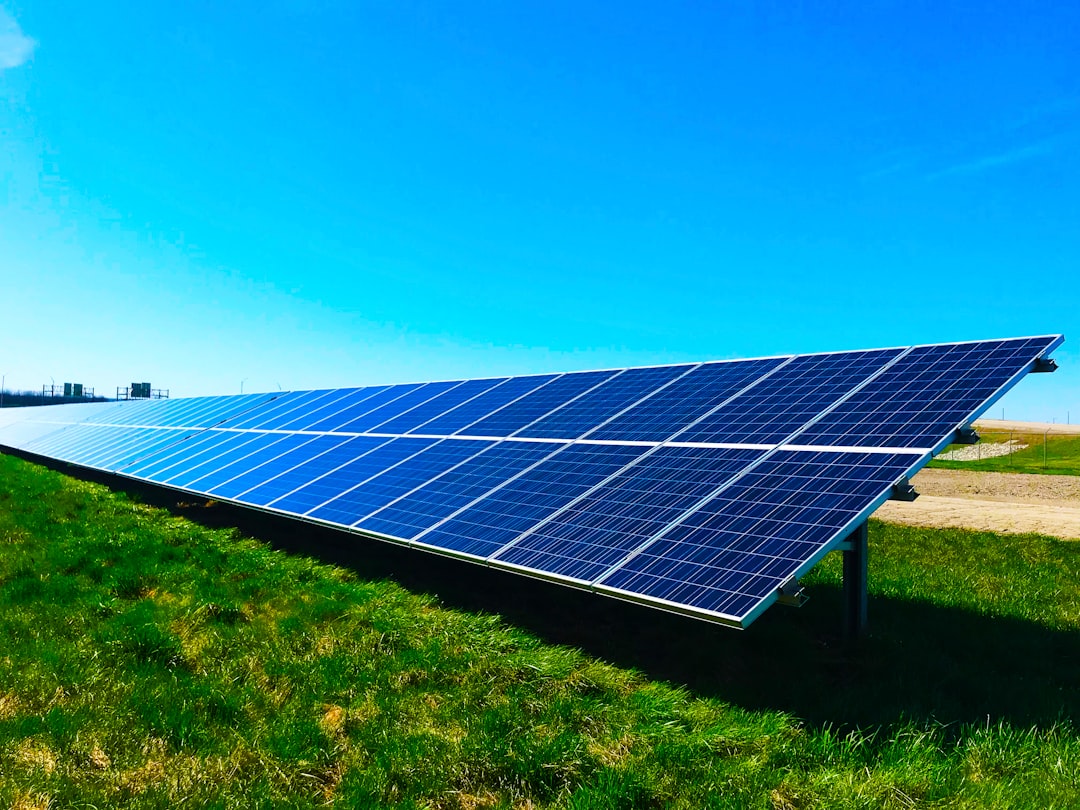What is it about?
The article describes a new model that can be used to predict the efficiency of turbocharger turbines under extreme off-design conditions. The model is based on physical principles and uses a low number of fitting coefficients, which makes it reliable and stable. The model can also be used to extrapolate efficiency maps to new speed and VGT positions. This makes it a valuable tool for engineers who need to design and optimize turbochargers.
Featured Image

Photo by Brenton Pearce on Unsplash
Why is it important?
The key technological aspects of this article are: - Development of a new model for predicting turbocharger turbine efficiency under extreme off-design conditions. This model is based on physical principles and uses a low number of fitting coefficients, making it more reliable and stable than previous models. - Ability to extrapolate efficiency maps to new speed and VGT positions. This is a significant improvement over previous models, which could only be used to predict efficiency at a limited number of operating points. - Non-dimensional formulation of losses and energies, which makes the model independent of turbine inlet temperature and reduces the need for iterative calculations. - Use of a novel definition of the rotor discharge coefficient for radial turbines, which improves the accuracy of the model. - Integration of a tip leakage model, which contributes significantly to the extrapolation quality. - Ability to fit data of different VGT positions at the same time, which increases the range of mass flow and pressure ratio and improves the accuracy of the model. - Ability to extrapolate efficiency maps to low pressure ratios, higher and lower speeds, and unfitted opened VGT positions. This makes the model a valuable tool for engineers who need to design and optimize turbochargers for a wide range of applications. The development of a new model for predicting turbocharger turbine efficiency under extreme off-design conditions has the potential to make a significant contribution to society in several ways: - Improved fuel efficiency and emissions: By enabling more accurate predictions of turbocharger turbine efficiency under extreme off-design conditions, the new model can help engineers design and optimize turbochargers for improved fuel efficiency and reduced emissions. This can have a positive impact on the environment and on the cost of transportation. - Reduced development costs: The new model can also help to reduce the time and cost required to develop new turbochargers. This is because it can be used to predict the performance of turbochargers under a wider range of operating conditions, which can help to identify and eliminate potential problems early in the design process. - Enhanced safety: The new model can also be used to improve the safety of turbocharger systems. By providing more accurate predictions of turbine efficiency, the model can help to ensure that turbochargers operate within their safe operating limits. This can help to prevent accidents and reduce the risk of injury. - Promoted sustainable transportation: The new model has the potential to contribute to the development of more sustainable transportation systems. By enabling more efficient and environmentally friendly turbochargers, the model can help to reduce the reliance on fossil fuels and improve air quality.
Perspectives
As one of the authors of this article, I am thrilled to introduce our new model for predicting the efficiency of turbocharger turbines under extreme off-design conditions. This model represents a significant step forward in the field of turbocharger technology, offering a more accurate and reliable tool for engineers who design and optimize these critical components. The development of this model was driven by the limitations of existing models, which were often limited to predicting efficiency at a limited number of operating points and were less effective in extrapolations to new speed and VGT positions. Our model overcomes these limitations by employing a novel loss correlation framework and a non-dimensional formulation of losses and energies, making it independent of turbine inlet temperature and reducing the need for iterative calculations. A key innovation of our model is the use of a novel definition of the rotor discharge coefficient for radial turbines, which improves the accuracy of the model's predictions. Additionally, we have incorporated a tip leakage, which contributes significantly to the overall accuracy of the extrapolations. Another key feature of our model is its ability to fit data from different VGT positions simultaneously, expanding the range of mass flow and pressure ratio values that can be accurately predicted. This capability is particularly valuable for optimizing turbochargers for a wide range of applications. The validation of our model against a wide range of experimental data demonstrates its ability to accurately predict efficiency across a broad range of operating conditions, including low pressure ratios, higher and lower speeds, and unfitted opened VGT positions. Overall, we believe that our new model represents a significant advancement in turbocharger technology, offering more accurate and reliable predictions of turbine efficiency under extreme off-design conditions. This model has the potential to revolutionize turbocharger design and optimization, leading to improved fuel efficiency, reduced emissions, and enhanced safety in a variety of applications. We are excited to see the impact that our model will have on the development of more efficient, reliable, and sustainable turbocharger systems.
Dr. Francisco José Arnau Martínez
Universitat Politecnica de Valencia
Read the Original
This page is a summary of: An innovative losses model for efficiency map fitting of vaneless and variable vaned radial turbines extrapolating towards extreme off-design conditions, Energy, August 2019, Elsevier,
DOI: 10.1016/j.energy.2019.05.062.
You can read the full text:
Contributors
The following have contributed to this page










